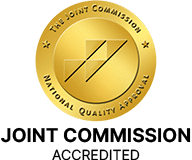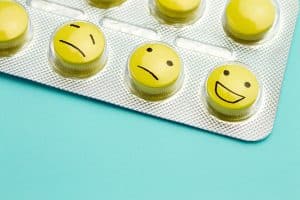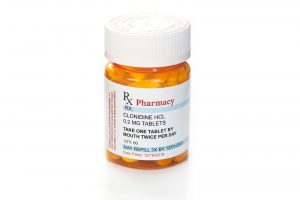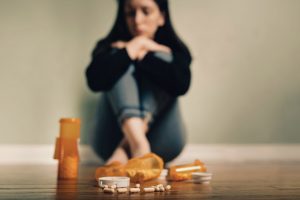

Recognized for excellence in substance abuse and behavioral health treatment by the Joint Commission

Signs of Repressed Childhood Trauma in Adults
Those who experience emotional abuse, physical, or other types of abuse as children may have trouble processing what happened to them.
Mental Health
Mental health is “a state of well-being in which the individual realizes his or her own abilities, can cope with the normal stresses of life, can work productively and fruitfully, and is able to make a contribution to his or her community.”

Those who experience emotional, physical, or other types of abuse as children may have trouble processing what happened to them....

Does Your Brain Go Back to Normal After Antidepressants?
In a perfect world, no one would ever experience depression or even so much as a low mood, but the...

Clonidine for Anxiety
Anxiety is one of the most common and debilitating mental health issues worldwide. While anxiety does have a beneficial function...

How Long Does It Take for Valium to Kick In?
While they might not make the headlines as opioids and stimulants do, benzodiazepines such as Valium play a substantial role...

How Long Does Suboxone Block Opiates?
TL;DR – Suboxone can block the effects of full opioid agonists, such as Oxycontin, Fentanyl, Methadone, and the like, for...

Dangers of “Nodding Out”
The phrases “nodding out” and “nodding off” refer to a state that an opiate user often experiences after intaking the...

Best defense for a positive drug test
Drug tests are commonly used in workplaces, sports teams, and other areas to determine if an individual has been using...

Shaun Weiss Gets First Acting Gig in 14 Years
Through their compelling work on stage, in movies, and on TV, actors often serve as role models. Young people, in...

Why is Hotboxing Dangerous?
Sometimes, it isn’t enough to ingest drugs because some people aren’t satisfied with their experience results. In this case, they...

